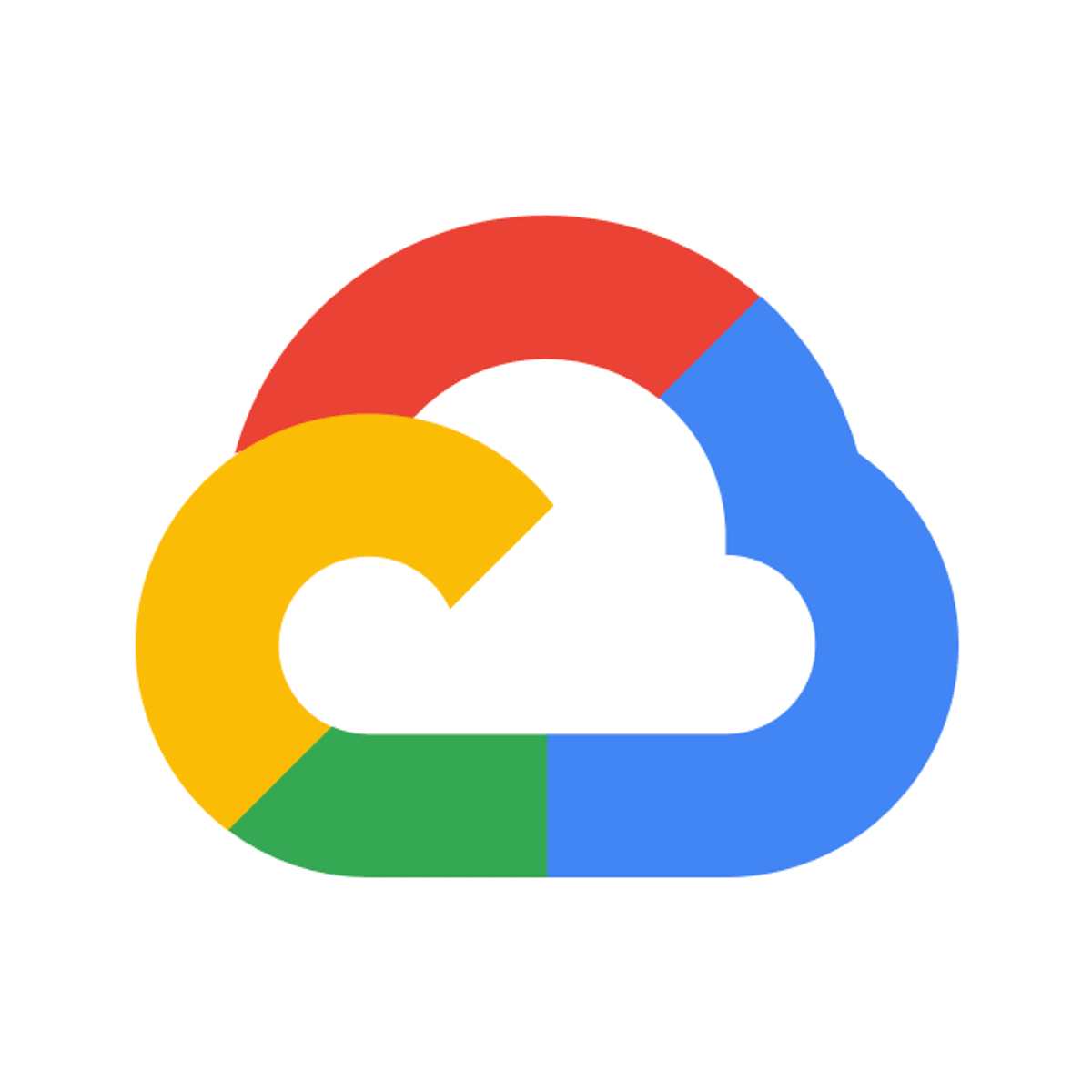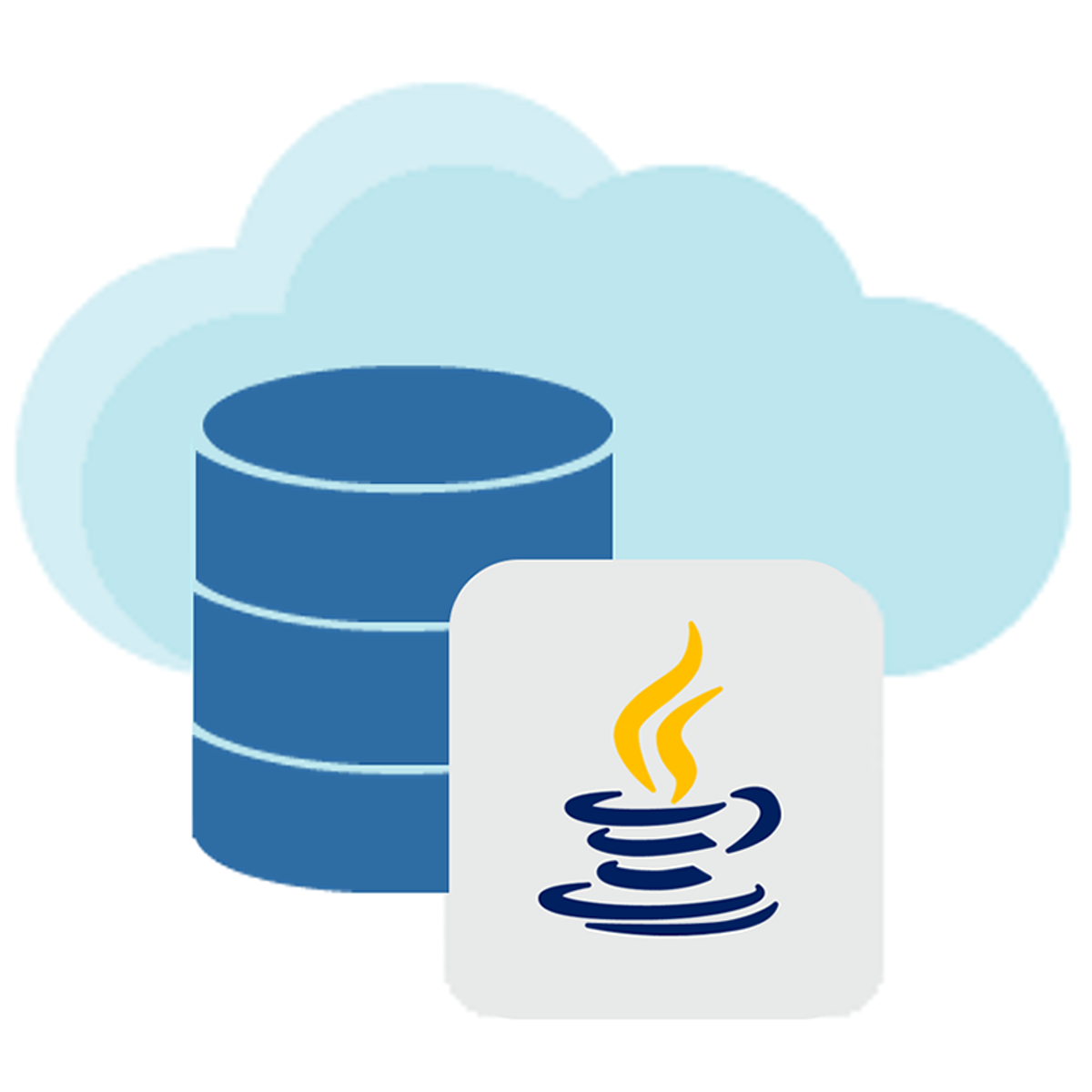Back to Courses









Information Technology Courses - Page 86
Showing results 851-860 of 1471

Distributed Image Processing in Cloud Dataproc
This is a self-paced lab that takes place in the Google Cloud console. In this lab, you will learn how to use Apache Spark on Cloud Dataproc to distribute a computationally intensive image processing task onto a cluster of machines.

Programming Reactive Systems
Reactive programming is a set of techniques for implementing scalable, resilient and responsive systems as per the Reactive Manifesto. Such systems are based on asynchronous message-passing, and their basic building-blocks are event handlers. This course teaches how to implement reactive systems in Scala and Akka by using high-level abstractions, such as actors, asynchronous computations, and reactive streams.
You will learn how to:
- use, transform and sequence asynchronous computations using Future values
- write concurrent reactive systems based on Actors and message passing, using untyped Akka and Akka Typed
- design systems resilient to failures
- implement systems that can scale out according to a varying workload
- transform and consume infinite and intermittent streams of data with Akka Stream in a non-blocking way
- understand how back-pressure controls flows of data

Cloud Operations for GKE
This is a self-paced lab that takes place in the Google Cloud console. In this lab you will set up Monitoring and visualizing metrics from a Kubernetes Engine cluster

IAM Custom Roles
This is a self-paced lab that takes place in the Google Cloud console.
Cloud IAM provides the right tools to manage resource permissions with minimum fuss and high automation. You don't directly grant users permissions. Instead, you grant them roles, which bundle one or more permissions. This allows you to map job functions within your company to groups and roles.

Using Role-based Access Control in Kubernetes Engine
This is a self-paced lab that takes place in the Google Cloud console. After provisioning two service accounts to represent user personas and three namespaces for dev, test, and prod, you will test the access controls of the personals in each namespace.

iOS Mobile Lifecycle and Software Development Approaches
Develop a working knowledge of different approaches to designing and building data-rich, interactive applications for the iOS platform.
By the end of this course, you’ll be able to:
- Compare methodologies for organizing and architecting Swift applications and their implications on code quality and team velocity
- Identify and follow the life-cycle events from source of generation to methods of response
- Review and apply different types of SwiftUI interactivity from user input handling to gestures
- Utilize best practice when working with data in a SwiftUI application
You’ll gain experience with the following tools and software:
- Mobile app development tools and software
- UIKit, MVC and MVVM
- SwiftUI app development features

Java Database Connectivity (JDBC) Introduction
The intent of Java Database Connectivity (JDBC) Introduction is to get some hands-on experience with foundational JDBC concepts. On our journey we’ll learn about why and how the API makes working with databases easy for Java Developers. After this course you should not only be able to demonstrate the mechanics of JDBC but furthermore, you should be able to explain the design and intent.

Validating Policies for Terraform on Google Cloud
This is a self-paced lab that takes place in the Google Cloud console. In this lab, you will learn how to validate policies for Terraform.

Set up your dev environment for MERN developers on Linux
By the end of this project, you will set up your development environment for MERN web developers on Linux.
Often, a dynamic web application consists of many different technologies and programming languages. Creating a web application with NodeJS, Express, and React allows the developer to use JavaScript throughout the stack with a focus on the logic rather than the language. In this project we will focus on installation and setup, rather that the code itself. This will allow you to use the same scaffolding approach for your future MERN applications.
Note: This course works best for learners who are based in the North America region. We’re currently working on providing the same experience in other regions.

Filtering and Sorting Data in Looker
This is a Google Cloud Self-Paced Lab. In this lab, you will learn how to filter and sort data, and create looks with Looker.
Popular Internships and Jobs by Categories
Browse
© 2024 BoostGrad | All rights reserved


